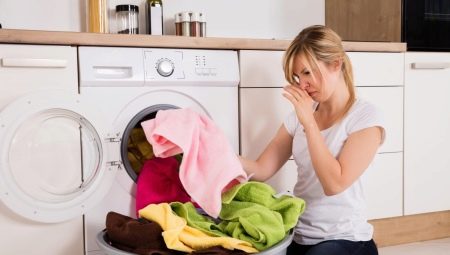The reason for the appearance of mold on the fabric is not always clear - it seems to have washed everything, put it in a clean cabinet, and after some time black spots are found with surprise. The existence of this fungus does not depend at all on the quality of your powder, improper storage becomes the fault. The problem of mold must be solved very quickly, otherwise the destruction of the material will continue, and the clothes will no longer be possible to save. Normal washing is not enough - you have to apply additional chemical treatment.

Causes of occurrence
Very often, tissue becomes a victim of mold, a fungus that destroys its fibers. Neither cabinets nor cleanliness help - both synthetic and natural things made of any materials deteriorate. Mold can be any color, from black to white. Her foci of the disease emit an unpleasant odor, change the appearance of the product, destroy the material and even negatively affect human health. Mold spreads very quickly, so if you don’t sound the alarm in time, you can’t miss a significant part of your wardrobe. However, with surgical intervention, a solution to the problem is possible, and the affected things can still be restored by making some efforts.
Mold likes humidity, lack of ventilation and warmth, therefore, this fungus often occurs with improper use of the tissue, which led to the fact that it turned out to be moist and in a warm space. For example, you put things in a closet without drying them all the way, or store them in a bathroom with a high level of humidity.
The main reason for the appearance of mold on the fabric is its improper storage.
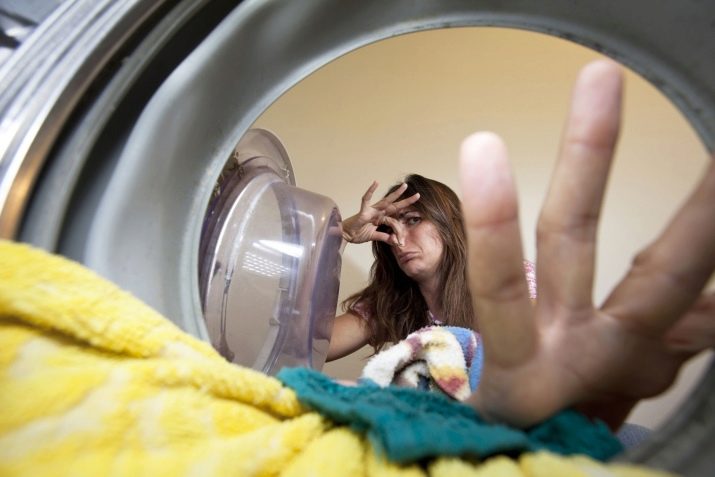
In addition, the following factors can be distinguished:
- high humidity in the room;
- in the cold season, the room had a low temperature for a long time;
- there is no regular cleaning and airing;
- pockets of mold already exist in the house: cabinets and other furniture, a ceiling or walls.
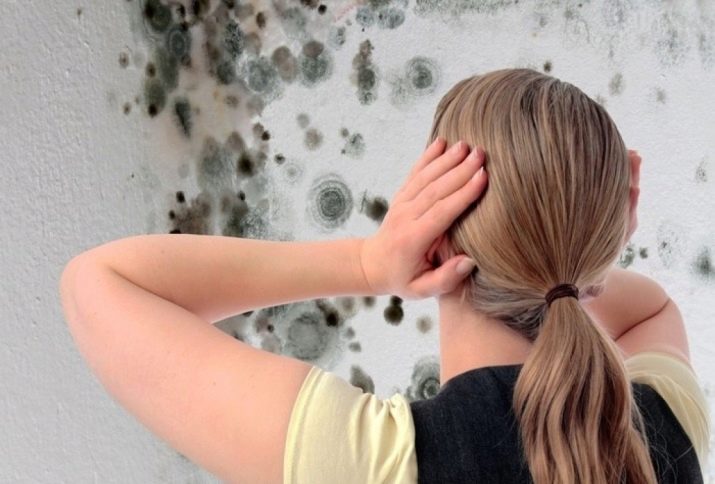
Usually it black mold is the most common and most dangerous. It has a very strong effect on the human body, causing sleep problems, headache and dizziness, allergies and respiratory diseases.
How to remove stains?
Having decided to get rid of mold at home, the first thing you should determine the cause of its appearance. Remove all things from the cabinet, ventilate them, sort them out, then move them back, inspect and wipe the furniture. Having identified what the problem is, and having eliminated it, proceed to the salvation of already infected things.

Household goods stores sell special mold control products. But if you do not have too much time, or if you need to solve the problem immediately, refer to the tricks of housewives and the experience of the previous generation. In general, the stain removal scheme is universal:
- apply the selected product;
- wait for it to dry;
- Wash thoroughly in hot water;
- rinse and dry.
But do not forget that first you should shake off the existing mold with your hands or brush, and this should be done not at home, but on the street. Otherwise, you will contribute to the spread of fungus inside the house. Shake on both sides and as best as possible.
When handling chemicals, do not forget about rubber gloves and a respirator.
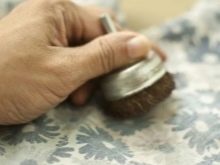
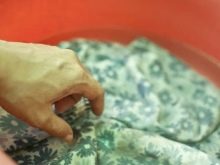
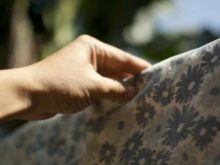
With clothes
Stains on monophonic fabric can be removed using soda, peroxide, ammonia, vinegar essence or laundry soap. Also, ascorbic acid dissolved in medical alcohol or vodka is considered a universal remedy. Treat the fabric of your choice with a cloth, leave it for a while, and then, walking with a brush, wash the product in the usual way.
However, if there are patterns, embroidery or some other decorative elements on your clothes, then the issue should be solved more carefully, because A strong product can damage the material. Therefore, first always wipe a small fragment from the inside, and if there is no any adverse reaction, then treat already visible dirt.
After that, do not forget to send things to the washing machine to get rid of the smell of “solvent” and fix the result.
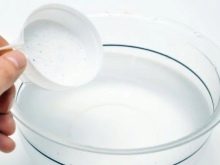

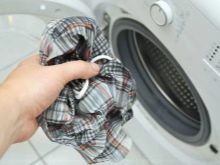
For example, the procedure for eliminating mold from a jacket using ammonia should be as follows:
- dilute ammonia with water in a ratio of 1 to 1;
- soak a small piece of gauze, cotton wool or sponge in the solution;
- treat the stain;
- wash in warm water with powder.
If your jacket is made of raincoat fabric, then do not forget about the following rules:
- processing should occur at a temperature of 30-35 degrees;
- Remove old stains with borax and lemon juice. Dissolve a borax in hot water, and soak things in a solution.
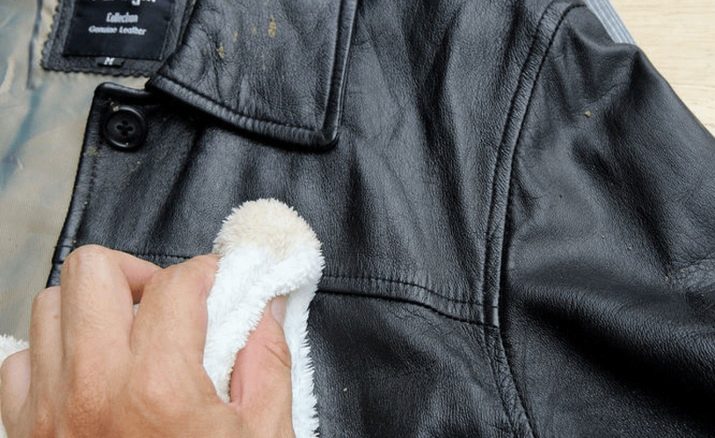
Children's things are best treated with the most harmless, folk remedies - that is, lemon juice, acetic acid and salt. For example, moisten with lemon juice, wait 5 minutes and sprinkle with salt. After processing the stains, try to place the clothes somewhere in a sunny place until completely dry - ultraviolet light kills mold spores and, in addition, a whitening effect is created.
If the focus of infection is small, then use pine oil - it is safe for clothing and eliminates the musty smell. Add it to the machine when washing.
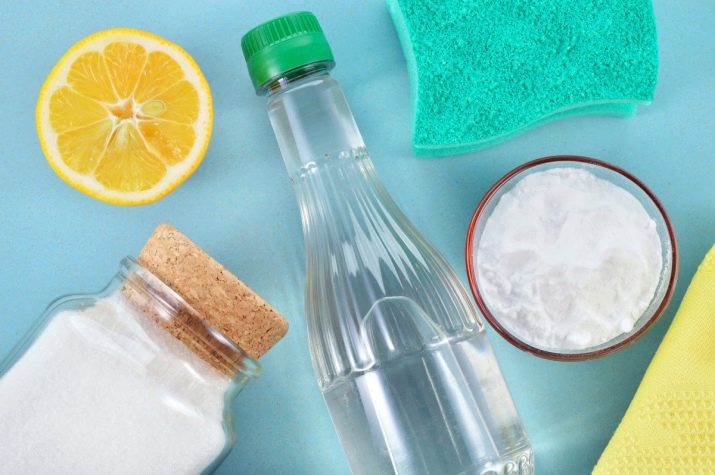
Silk and wool are very delicate fabrics, so they need special care. To remove mold, use turpentine with baby powder, white clay or chalk. If you have chosen the first option, then, having applied liquid and powder, cover with blotting paper on top and iron with an iron. With white clay and ground chalk, do the same.
Silk is best treated with hydrogen peroxide or ammonia.
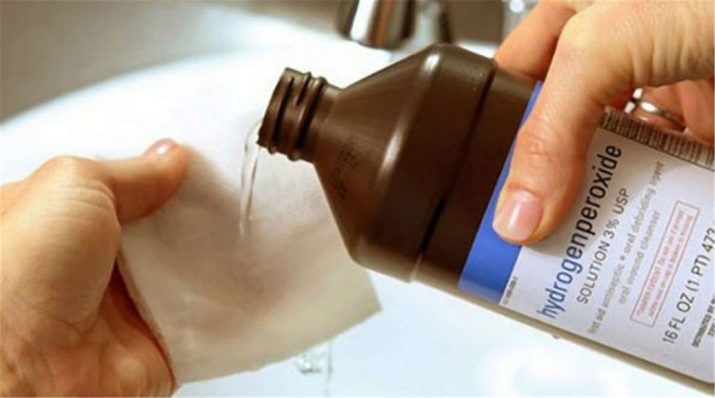
Velvet or faux fur must not be washed. Wipe the material with a dry brush in the direction of the pile, and then send it to a professional dry cleaning service. Wipe leather clothes and shoes with a cloth soaked in a solution of alcohol and water in a ratio of 1 to 1.
With bedding
If your bedding is white, then you can safely apply strong remedies without fear of burnout:
- To remove mold from it, first pour hydrogen stain on the stain and wait half an hour. Then you can wash the sheets and pillowcases in the washing machine and achieve the perfect result.
- If you could not wash the mold with peroxide, use onion juice. Cut a couple of onions, grind them, squeeze the juice and process the stain with the resulting solution.
- There is also an option when gruel from a vegetable milled in a blender is applied to the fabric. Wait forty minutes, and then also send the laundry to the washing machine with detergent.
- In addition, white things can be boiled to achieve perfect purity. In addition, mold does not tolerate high temperatures.
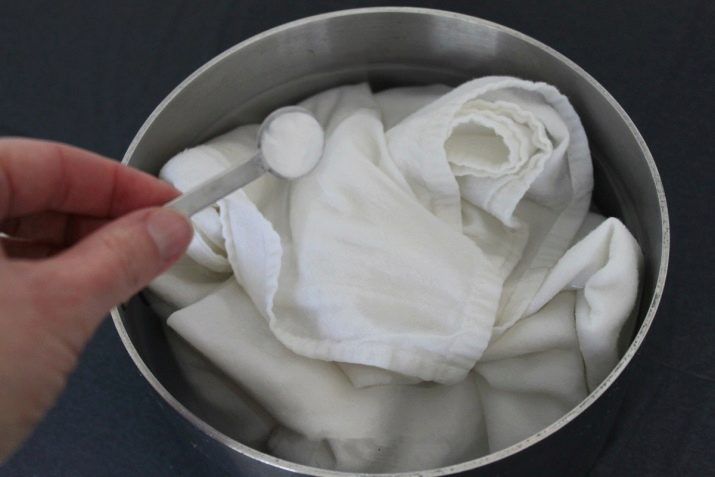
For cotton bedding, there are several more ways to get rid of mold:
- With the help of whey, in which you need to soak the laundry for 12 hours or even at night, and then traditionally wash.
- Old contaminants are often removed with a sodium hyposulfite solution. The ratio is 1 glass of water and 1 teaspoon of the drug.
- Many housewives use “White” for white pillowcases and sheets. It is necessary to soak in a tissue solution for 24 hours. The ratio is 100 milliliters of "White" on a basin of water. After the fabric is placed in a washing machine with ordinary powder.
It is worth adding that terry sheets are processed in a washing machine using soda and vinegar. Hold the time so that the fabric has time to soak in the solution.
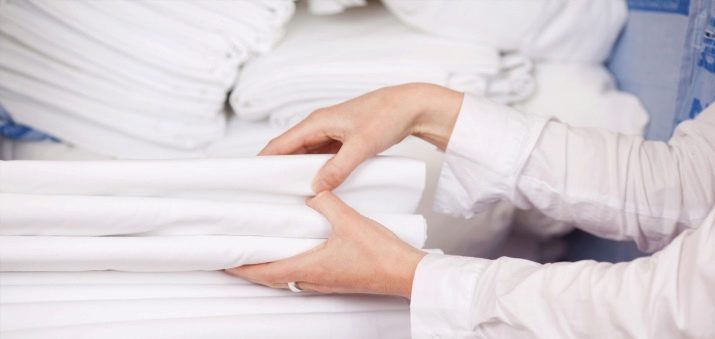
With a pram
If an unused stroller has lain in a corridor or a damp garage for a long time, then it often shows traces of black mold that cannot be wiped with peroxide or laundry soap. Nevertheless, you can try your luck with some strong household whitening product, such as Domestos. It will remove the stain, but will not spoil the fabric. Pour the contaminated areas, leave for half an hour, and then try to remove the remaining dirt with a brush and warm water. To chemical odors quickly weathered, leave the stroller for a couple of days in the fresh air.
If the stain is small, then proceed as follows:
- moisten the area with vinegar, "White" or a solution of ammonia and water;
- after a few hours, wipe it with a stiff brush, if necessary, moisten the cloth again;
- wipe the cloth dry;
- henceforth, store the stroller in a dry place. Keep in mind that mold is not afraid of the cold, which means that, despite the winter, you can not leave the item in a room with high humidity.
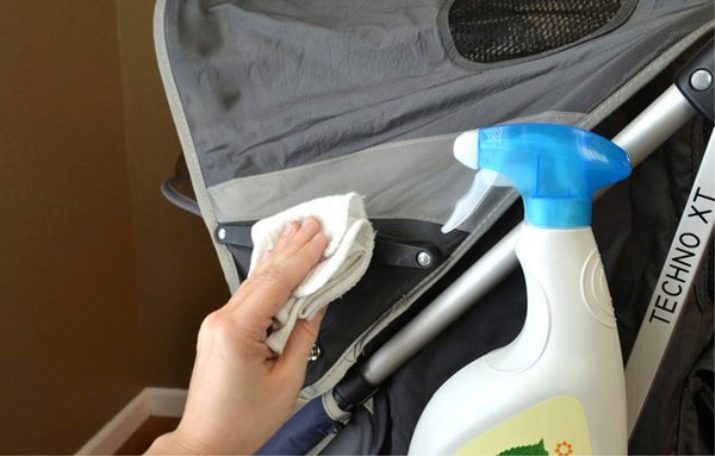
Removable parts can be boiled for two hours, or soaked in a solution of an antifungal agent and water. If the damaged tissue is rough to the touch and has a dark color, try removing stains with potassium permanganate. Strain the solution from insoluble elements and then follow the familiar algorithm.
The same method is used to remove mold spots from the curtains in the bathroom. Use Pemolux, Domestos, or Vanish and follow the instructions.
With linen tablecloth
To remove mold from a linen tablecloth, it is usually used. simple laundry soap:
- A piece weighing 50 grams is chopped with thin chips;
- Then it pours out into a container with warm water, in which washing powder has already been diluted;
- You rub the stain with household soap, and then send the tablecloth into the solution for 20-30 minutes;
- After washing and rinsing, it is recommended to bleach the fabric - place in water in which hydrogen peroxide is dissolved for 15 minutes;
- The ratio is as follows: 1 liter of water - 1 spoon of peroxide.
If your tablecloth is colored, then either crushed chalk or ammonia-salt solution is used. In the first case, you cover the powder with dirt, then cover everything with napkins and iron it with an iron. In the second - lubricate with a solution (1 liter of water - 40 grams of salt, 5 milliliters of ammonia) the damaged area, and then wash and rinse.

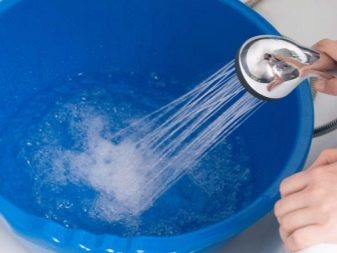
Prevention and recommendations
To continue to prevent mold, take it into service following rules:
- Always dry clothes, tablecloths, duvet covers in a quality manner before putting them in the closet.
- At least once every six months, clean the cabinet: wipe everything thoroughly with a damp cloth, and then leave it to air. It is also recommended to wipe the walls from the inside with hydrogen peroxide, and from the outside - wash with a salt solution.
- Dry clothing whenever possible.
- Control the humidity level in the apartment and especially in the bathroom. Try to lower it.
- Ventilate more often. If it is not possible to open a window or window, turn on the fan.
- Use moisture-absorbing bags in wardrobes - place them between layers of clean laundry.
- If mold is found on the walls and ceiling, immediately remove the old wallpaper, plaster and other materials and disinfect the surfaces.
- Do not forget about spring cleaning.
- Take care that the wardrobe is not pushed close to the walls - thanks to a small opening you will create the necessary air movement.
- Try not to dry things in the bathroom.
- In no case do not store dirty things with clean ones.
- If possible, hang clothes on your shoulders.
- When the season of wearing clothes is over, you need to wash it, dry it thoroughly and only then put it in the closet.
- If you iron clothes before storage, you can destroy mold spores.

Ventilate the cabinets more often. If you stained your clothes with something wet, for example, splattered dirt on a jacket, then first wait for it to dry, and then put it in the laundry basket. It is recommended to do the same with clothes for the pool: first, you dry the swimsuit and towel, and then send it to the wash.
For more information on how to get rid of mold from the fabric, see the next video.
